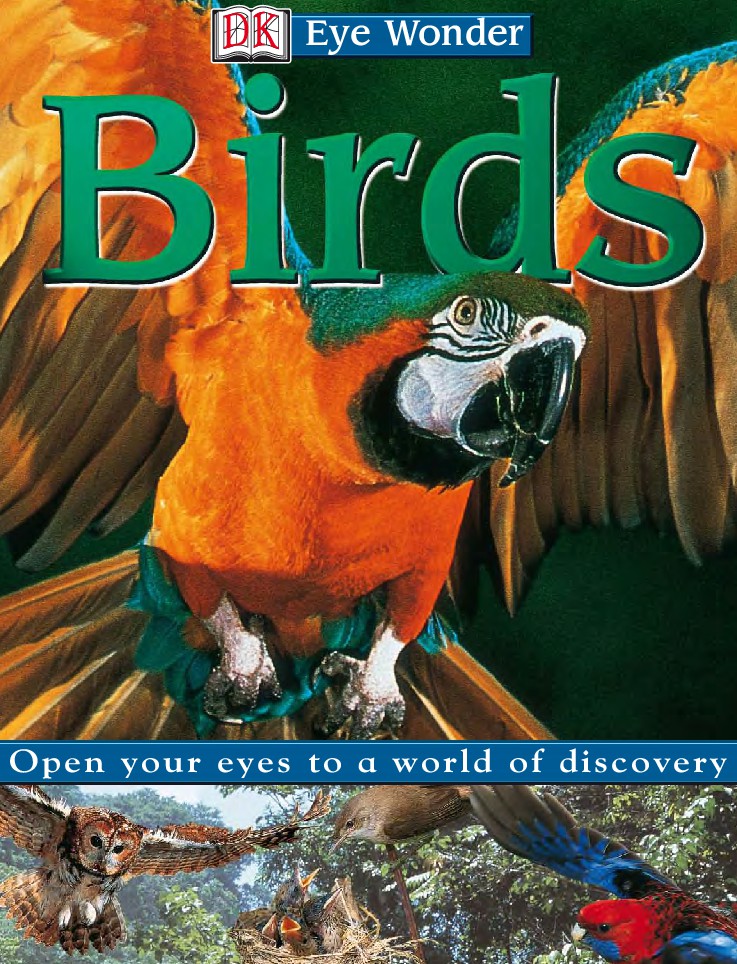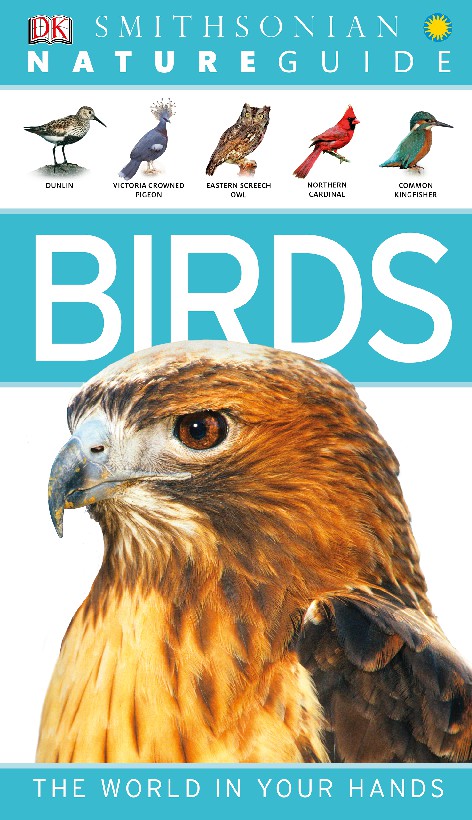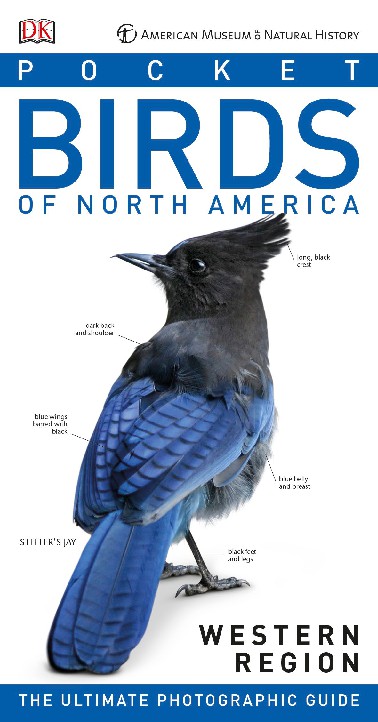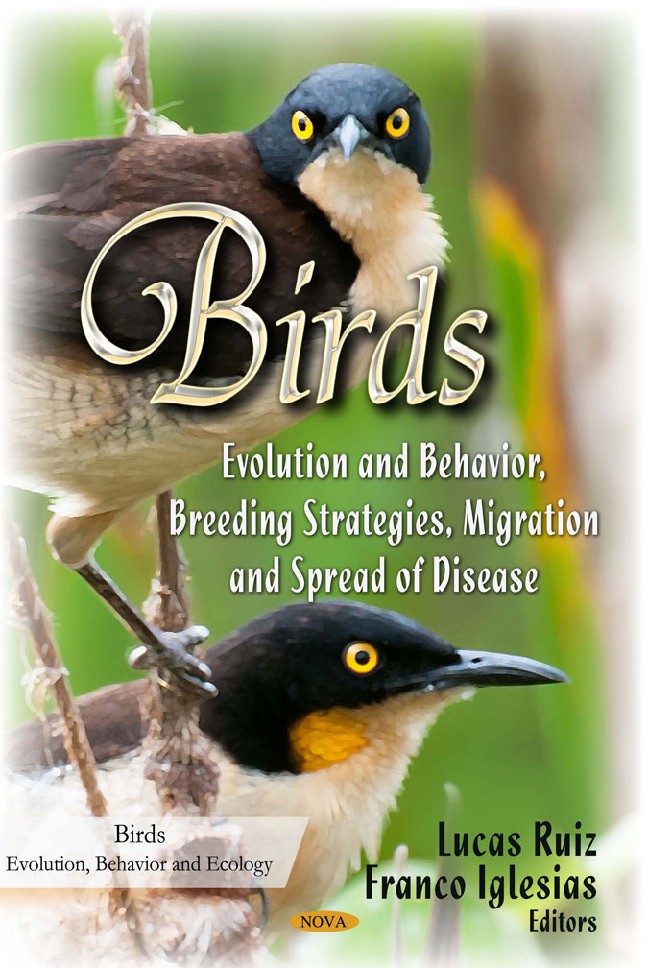Book Details
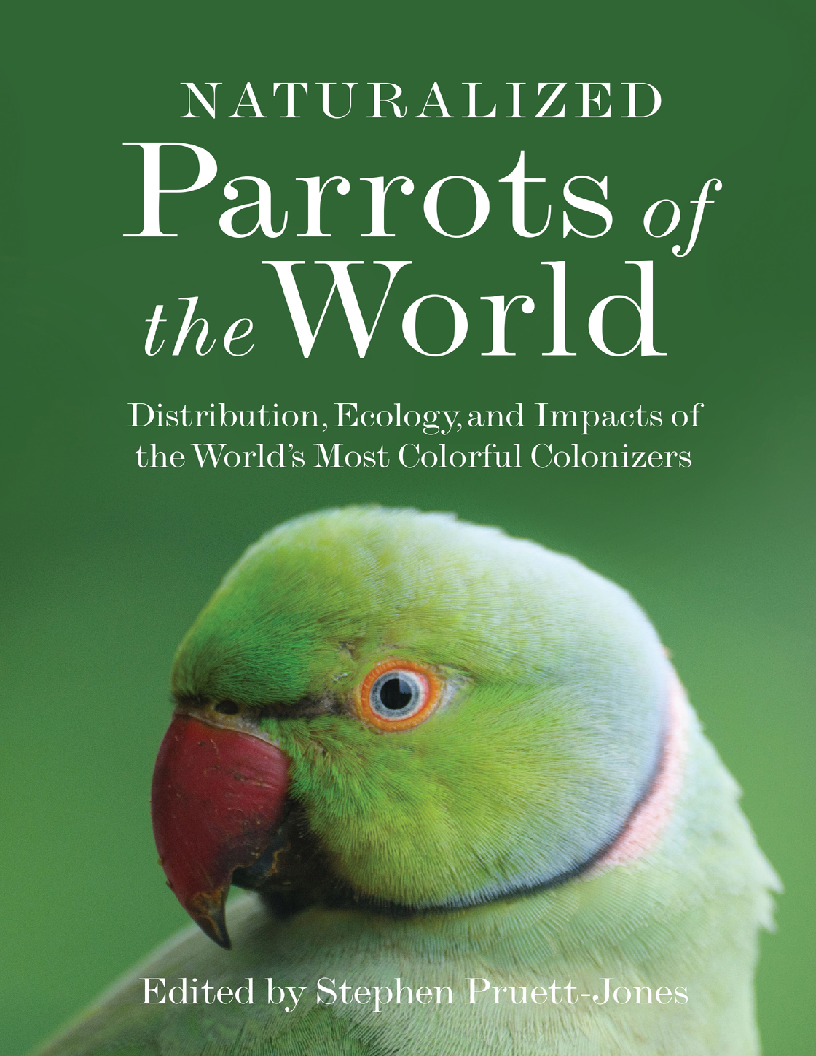
Naturalized Parrots of the World
International trade is recognized as an important and rapidly growing
source of introduction of non-native species worldwide (Hulme 2009).
Particularly, the trade in wildlife has been directly related to the
introduction of non-native, sometimes invasive bird species (Carrete and
Tella 2008; Cardador et al. 2019), among which those belonging to the
order Psittaciformes play a dominant role (Beissinger 2001; Blackburn and
Duncan 2001). The Psittaciformes include parrots, parakeets, lovebirds,
cockatoos, macaws, etc., which we collectively refer to as simply “parrots.”
Almost two-thirds of all existing parrot species have been commonly
transported outside their native ranges as pets, and several more are traded
locally (Cassey et al. 2004). This trade has strongly contributed to the
decline of many parrot species in their native ranges (Collar and Juniper
1992; Tella and Hiraldo 2014). Nearly one-third of all parrot species are
threatened under criteria set forth by the International Union for
Conservation of Nature (IUCN 2016), but parrots are also among the most
widespread introduced birds in the world (Cassey et al. 2004; Strubbe and
Matthysen 2009a; Cardador et al. 2016). Almost one-quarter of all
transported species find their way into exotic environments, and at least
10% of parrot species have established naturalized populations (Cassey et
al. 2004; Abellán et al. 2017), sometimes with undesirable effects on native
fauna and human socioeconomic activities (Strubbe and Matthysen 2009b;
Hernández-Brito et al. 2014; Menchetti and Mori 2014; Peck et al. 2014).
Author: Pruett Jones, Stephen
Pages: 518
Issue By: Blue Stone Publication
Published: 1 year ago
Likes: 0



